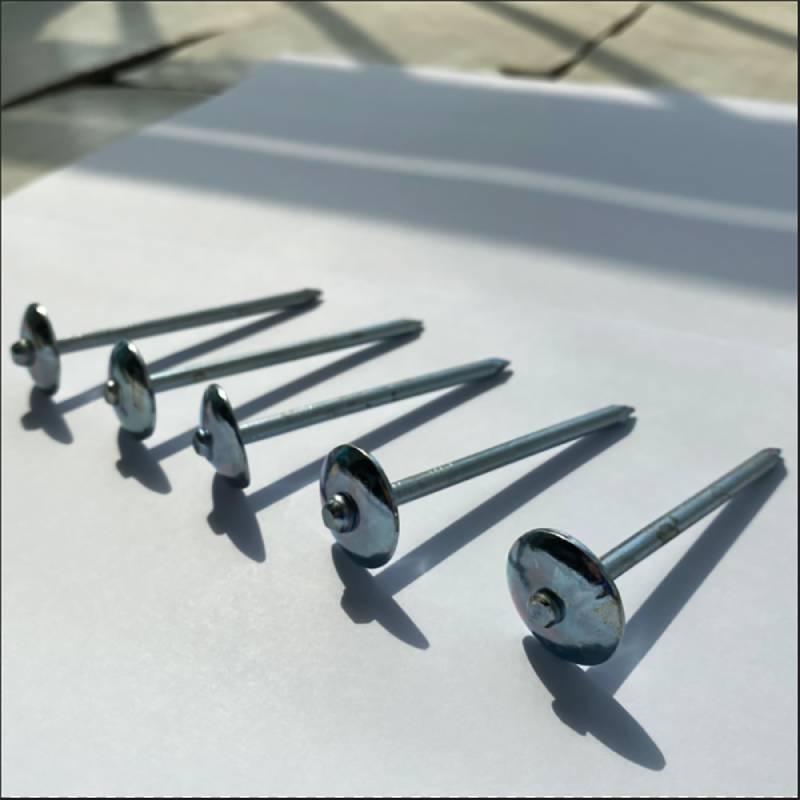Soft Galvanized Wire Applications and Benefits in Various Industries and Projects for Effective Solutions
Understanding Soft Galvanized Wire Properties, Uses, and Benefits
Soft galvanized wire is a versatile material that is widely employed in various industries due to its unique properties and benefits. This type of wire undergoes a galvanization process, where it is coated with a layer of zinc to prevent corrosion and enhance its durability. The ‘soft’ aspect refers to the wire's malleability, which allows for easy manipulation and shaping without the risk of breaking or snapping.
Properties of Soft Galvanized Wire
One of the primary properties of soft galvanized wire is its excellent corrosion resistance. The galvanized coating acts as a protective layer, shielding the underlying steel core from moisture and other environmental factors that could lead to rusting. This makes soft galvanized wire particularly suitable for outdoor applications where exposure to the elements is a concern.
In addition to corrosion resistance, soft galvanized wire is known for its flexibility. The softness of the wire allows it to be easily twisted, bent, and shaped, making it ideal for a variety of applications that require intricate designs or adjustments. This flexibility does not compromise its strength, as soft galvanized wire maintains a good tensile strength, capable of supporting various loads depending on its gauge.
Common Uses of Soft Galvanized Wire
Soft galvanized wire is widely used across multiple sectors, including construction, agriculture, and crafting. In construction, it serves various purposes such as fencing, reinforcing structures, and securing materials. The wire is often used to create chain-link fences, which provide security and boundary definitions for commercial and residential properties.
In agriculture, soft galvanized wire is used for purposes such as animal enclosures and trellising for plants. Farmers appreciate the wire's durability and ease of installation, ensuring that livestock is kept safe and plants can grow effectively through adequate support. Additionally, soft galvanized wire is commonly utilized in gardening for creating mesh supports and tying plants to stakes.
soft galvanized wire

In the crafting world, artists and DIY enthusiasts utilize soft galvanized wire for creating sculptures, jewelry, and other decorative items. Its pliability allows for intricate designs, enabling artists to mold and shape the wire to suit their creative visions. Whether it’s for functional use or artistic expression, soft galvanized wire remains a popular choice among crafters due to its availability and ease of use.
Benefits of Using Soft Galvanized Wire
There are numerous benefits associated with using soft galvanized wire. First and foremost, its cost-effectiveness makes it an attractive option for both commercial and personal projects. The combination of durability and resistance to corrosion means that investments made in soft galvanized wire often yield long-term returns, as the material requires minimal maintenance over time.
Furthermore, the environmental impact of soft galvanized wire is relatively low. Since galvanization helps extend the lifespan of steel, fewer resources are consumed in producing replacements. This contributes to a more sustainable approach in manufacturing and construction practices.
Finally, the aesthetic appeal of soft galvanized wire cannot be overlooked. The sleek, metallic finish is often favored in architectural and craft applications, providing a modern look while serving practical purposes. Whether used in outdoor settings or indoor decor, soft galvanized wire seamlessly blends functionality with style.
Conclusion
In summary, soft galvanized wire is a highly functional material that offers a plethora of benefits across various applications. Its excellent corrosion resistance, flexibility, and cost-effectiveness, combined with its relevance in construction, agriculture, and crafting, make it a valuable resource in today’s marketplace. With its continuing demand, soft galvanized wire remains an essential tool for ensuring durability and strength, while allowing for creativity and innovation in design.
-
Weather Resistance of Woven Wire and Chicken Wire Fencing MaterialsNewsJun.05,2025
-
Umbrella Nails Innovations in Roofing Fasteners for Wind ResistanceNewsJun.05,2025
-
Modern Barbed Wire Fence Designs for Perimeter ProtectionNewsJun.05,2025
-
How Iron Nail Wire Enhances Nail Strength and Installation EfficiencyNewsJun.05,2025
-
High-Security Razor Fence Solutions for Perimeter ProtectionNewsJun.05,2025
-
Durable Wire Netting Fence Solutions for Animal EnclosuresNewsJun.05,2025




